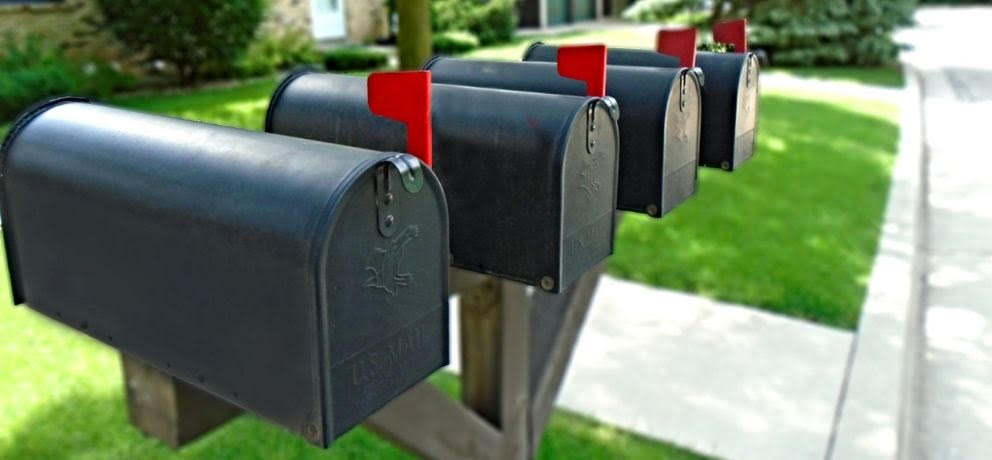
The Key to Direct Mail Success: The List
Even in the age of digital, direct mail advertising is a highly effective marketing method that can get your phone ringing and boost your sales. The success of a direct mail campaign often comes down to one key component: the mailing list. Deciding how to create a list, what factors to use when deciding on recipients and how you’re going to create your list are all critical parts of setting your marketing efforts up for success.
Oftentimes when creating a direct mail campaign many people jump right to designing the mailer. It’s extremely difficult to create an effective mailer, however, without knowing who the recipients will be. Figuring out the demographics associated with your key audience and finalizing a list will make sure you create messaging the converts – and that the message gets into the right hands.
Figure out your target audience
Before you start creating your list, take some time to figure out who the ideal recipient is. Direct mail marketing lists are often segmented according to the following categories:
- Geographic location
- Demographics, like age, gender and income
- Firmographic information (business details), such as how many employees a company has
- Hobbies and traits
- Sales stage, to make sure you’re targeting people who are ready to make a purchase
You can combine these segmentation options to create your target audience, such as people with children under the age of 45 within 25 miles.
Obtaining a list
Once you know who you want to reach, you can start putting together a list through one of three ways: use an in-house list, buy one or rent one.
In-house lists can be beneficial because these people have likely have already expressed an interest in your product or services. You’ll also save money by not buying or renting a list, which you can instead put toward a larger number of mailings. If you have an extremely large list, you can still apply the above segmentation options to narrow it down. By managing this internally you’ll be creating a resource you can use again and again.
If you have an internal list or database that hasn’t been updated recently, be sure to review and update the addresses before sending any mailings, since you don’t want to waste part of your budget on bad addresses. If you need help with this, most companies that handle mailings can use the National Change of Address (NCOA) database to see if there are any address changes. When people move and fill out the change of address forms at the post office they’re added onto this list, so it can be especially helpful if your target audience is B2C or residential.
Renting or buying a list gives you the ability to target a much larger audience and can provide access to a new or different segment than your current list. This strategy can be expensive though, and a rented list can usually only be used once. However, if you don’t have an in-house list or the time to devote to creating one, this can be an effective way to make sure your mailings are still targeted. Just be sure to ask whoever you purchase or rent from how often they update to ensure accuracy.
 Targeting the message
Targeting the message
Once you have your mailing list, it’s important to create a message and offer that is designed to connect with the recipients’ specific interests, pain points and needs. In doing so you’ll get a much larger response to your campaign. The power in taking time to segment and create your list lies in being able to directly target key purchasing factors to drive the sale.
Taking the time to focus on your list before you even start creating your mailer will make sure you wind up with a final piece that speaks directly to your target market. And most importantly, that it will get to the intended audience.
See what else you can do to make sure your direct mail marketing campaign is a hit: 5 Tips for a Successful Direct Mail Campaign
